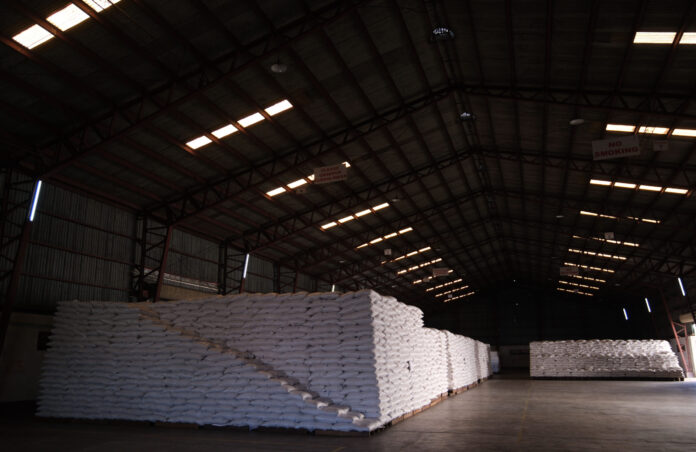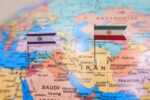The Department of Agriculture (DA) has expressed its gratitude to the South Korean government for its sustained support—channeled through Official Development Assistance (ODA) Korea—toward the Philippines’ efforts to modernize its rice sector, a key pillar of President Ferdinand Marcos Jr. ‘s broader food security agenda.
As part of the initiative to explore development strategies for the country’s rice seed and buffer stock management systems, and to raise awareness and build consensus on the need to advance these information systems, the Global Agricultural Policy Institute (GAPI), in coordination with the DA, organized a Workshop on Advancing Information Systems for Rice Seed and Buffer Stock Management on 5 June 2025 at the NFA Multi-Purpose Hall, with participants from Philippine Rice Research Institute (PhilRice), National Food Authority (NFA), Bureau of Plant Industry (BPI), and National Rice Program (NRP).
The event is part of the ongoing Korea Ministry of Agriculture, Food and Rural Affairs (MAFRA) and Korea Rural Community Corporation (KRC) aimed at improving the rice supply chain to ensure the quality of seeds and milled rice for distribution and buffer stocks in the Philippines.
In his opening address, Dr. Byung Ki Lee, GAPI president, emphasized that the Philippines and South Korea share a deep-rooted bond, and this workshop reflects the ongoing spirit of collaboration in agricultural innovation and capacity-building.
“I trust it will further strengthen the friendship and cooperation between our two nations.” “Thanks to the Korea ODA Project, we now have cold storage-equipped seed warehouses in Nueva Ecija, Isabela, and Ilocos Norte—facilities that protect seed viability and ensure timely supply,” said Agriculture undersecretary for rice industry development Christopher Morales at the workshop.
A DA workshop on rice seed and buffer stock information systems. “But more than infrastructure, this partnership has given us technical expertise, fresh perspectives, and a spirit of mutual learning,” he added. “To our Korean partners, we say: kamsahamnida.”
As he opened the workshop, Morales outlined its key goals: to explore strategies for developing efficient, climate-resilient rice seed information systems; to strengthen rice buffer stock management for reliable, accessible reserves in times of crisis; and to build awareness and consensus on the importance of these systems.
“These objectives are closely aligned with the vision of the Masagana Rice Industry Development Program—our flagship strategy to transform the rice sector,” Morales said. Backed by the Rice Competitiveness Enhancement Fund (RCEF), the DA’s rice program is set for a major boost, with its annual P10 billion budget tripling to P30 billion starting in 2026.
Already, the program helped the country achieve a record palay harvest of 20.06 million metric tons in 2023, despite damage from El Niño and La Niña. The DA is targeting another record this year: 20.46 million metric tons.
Beyond boosting rice output, Morales said the goal is to build a resilient, farmer-centered rice industry that ensures no Filipino goes hungry and that farmers gain access to safe, affordable, and nutritious rice through responsive systems and a strong supply chain.
He noted that ODA Korea is also working with the NFA and the PhilRice on initiatives to strengthen the rice supply chain—particularly seed and milled rice quality for both buffer stocks and distribution. Meanwhile, Agriculture Secretary Francisco P. Tiu Laurel Jr. described ODA Korea as an invaluable partner in helping Filipino rice farmers benefit from their hard work and in advancing the country’s path to rice self-sufficiency.
“While we’ve shown we can develop innovations like the award-winning Philippine Rice Information System (PRISM), developed by PhilRice, we can still learn from our neighbors like South Korea,” Tiu Laurel said. “By leveraging their technologies, we can leapfrog rice production—not only to meet our needs, but to contribute to feeding the world.”







